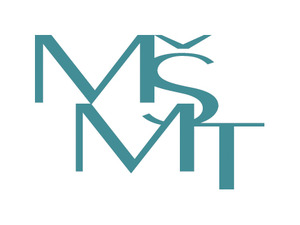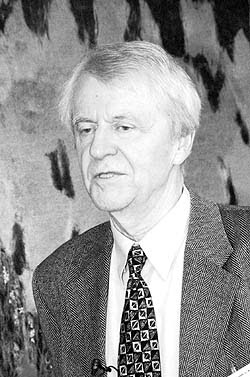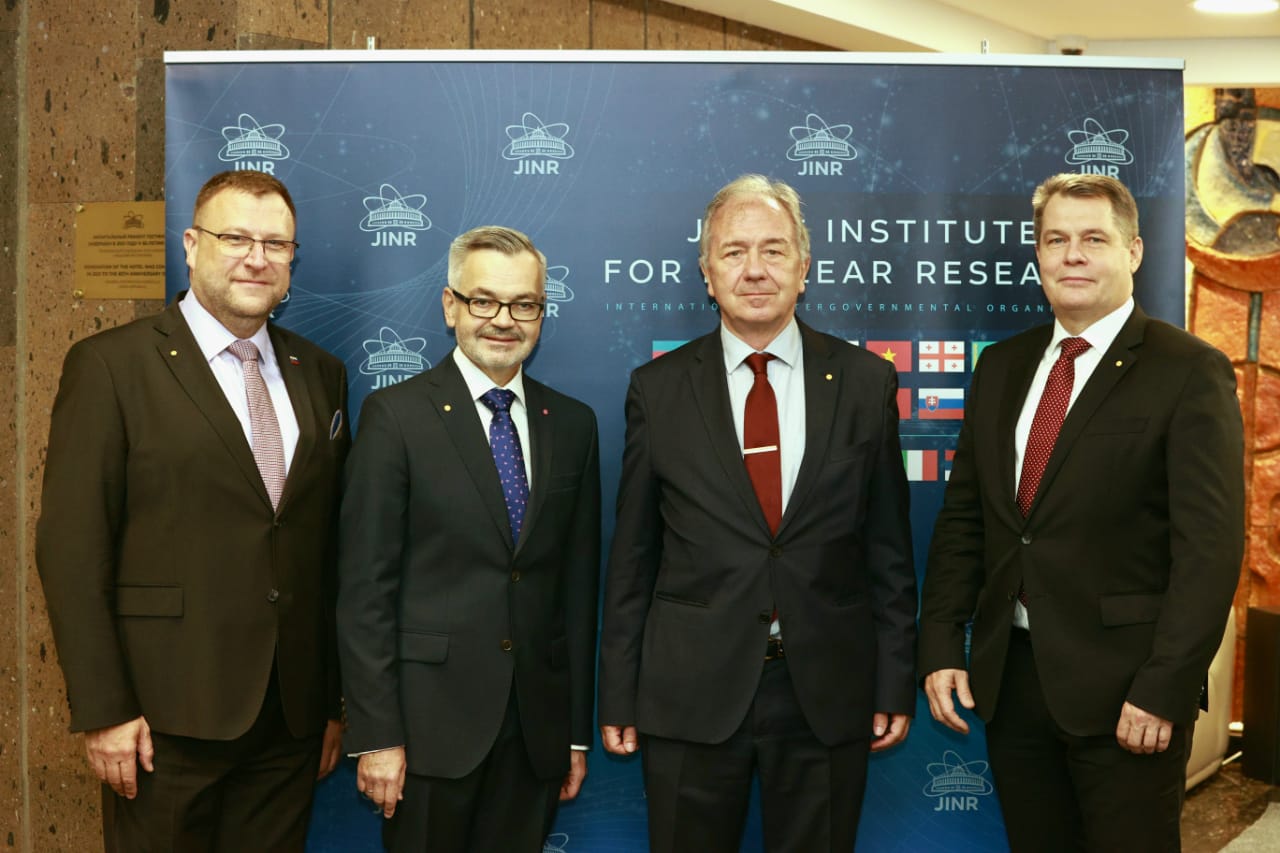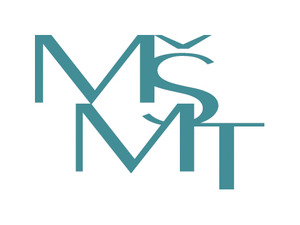Clustered DNA Double-Strand Breaks and Neuroradiobiological Effects of Accelerated Charged Particles
Autor
| Boreyko A.V. | SÚJV |
| Ježková Lucie, Ing.,Ph.D. | Vysoká škola chemicko-technologická v Praze |
| et al. | různé instituce |
Rok
2018
Časopis
Physics of Particles and Nuclei Letters, 15 (5), 551-561
Web
Obsah
The irradiation of brain structures with accelerated heavy charged particles during interplanetary flights or brain tumor therapy raises a number of questions regarding possible neurophysiological disorders in the central nervous system (CNS). Hardly repairable clustered DNA double-strand breaks apparently can have significant influence on the specifics of the development of radiation syndromes in the CNS after heavy charged particle exposure. The mechanisms of these disorders still remain unclear. Taking this into account, we have used immune cyto- and histochemistry techniques to study regularities of the formation of radiationinduced foci in human cell DNA in vitro and in rodent brain neurons in vivo after exposure to charged particles of different energies. It has been found that heavy charged particles induce clustered DNA damage in the genome of proliferating (human fibroblasts) and non-proliferating (Purkinje neurons) cells. We have suggested that changes in genetic structures can affect the conformation of the key proteins participating in neurophysiological processes and violate the normal functioning of the synaptic receptors. As an example, we have considered the action of double point mutations in the gene sequence encoding the proteins of the glutamate receptor NMDA. Using computer molecular dynamics techniques, we have revealed a twofold change in the conductance of the receptor's ion channel, which incorporates mutant forms of the protein subunits NR2.
Příklad citace článku:
A. Boreyko, L. Ježková , . et al., "Clustered DNA Double-Strand Breaks and Neuroradiobiological Effects of Accelerated Charged Particles", Physics of Particles and Nuclei Letters, 15 (5), 551-561 (2018)


 MINISTR ŠKOLSTVÍ KE SPOLUPRÁCI ČR S SÚJV
MINISTR ŠKOLSTVÍ KE SPOLUPRÁCI ČR S SÚJV INTEREST JINR, Wave 6
INTEREST JINR, Wave 6 Zemřel profesor Ivo Zvára
Zemřel profesor Ivo Zvára Výzva k podávání žádostí na projekty řešené ve spolupráci s SÚJV (Projekty 3+3)
Výzva k podávání žádostí na projekty řešené ve spolupráci s SÚJV (Projekty 3+3)  Výzva k podávání žádostí na Granty zplnomocněného představitele vlády ČR v SÚJV
Výzva k podávání žádostí na Granty zplnomocněného představitele vlády ČR v SÚJV Velvyslanec ČR v RF navštívil SÚJV
Velvyslanec ČR v RF navštívil SÚJV INTEREST JINR, Wave 5
INTEREST JINR, Wave 5 Ruské vízové centrum
Ruské vízové centrum Pracovní pobyty ČR - SÚJV 2022
Pracovní pobyty ČR - SÚJV 2022